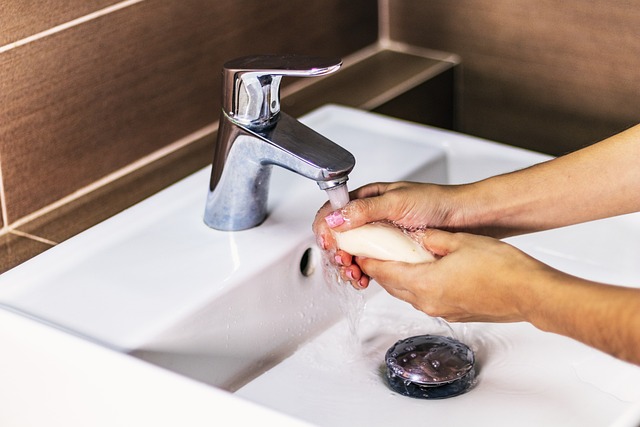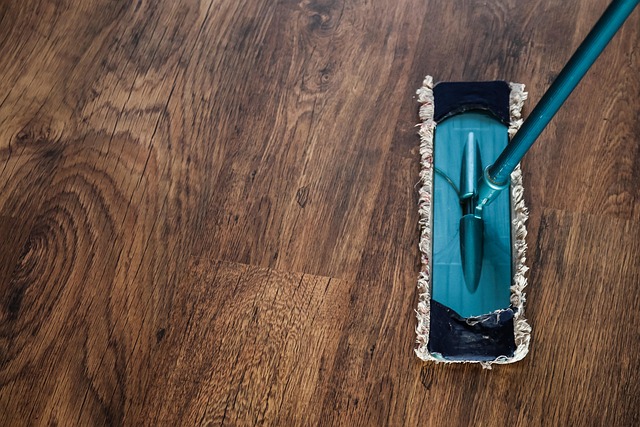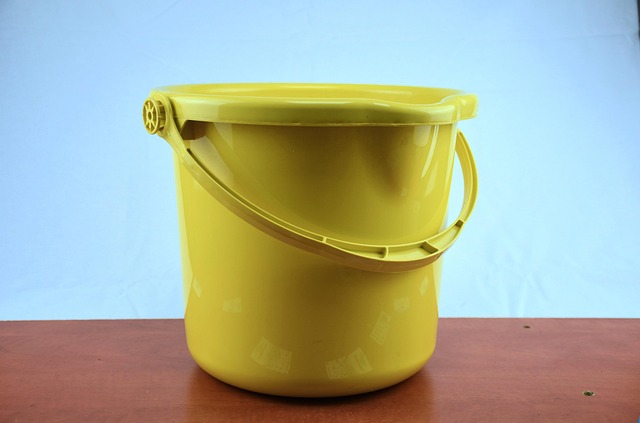Before renovating, assess ventilation and ensure exhaust fans are functional. Address blockages like sealed windows, furniture blocking vents, and excess moisture. Use energy-efficient, high-performance exhaust fans with advanced filters for clean air. Incorporate natural ventilation strategies, place plants near windows, and use outdoor fans. Choose mold-resistant bathroom paint to prevent mildew growth and enhance air quality. Regularly clean and maintain proper ventilation to maintain a healthy, comfortable bathroom environment.
Improving air circulation in your bathroom is essential for maintaining a fresh, healthy environment. This guide walks you through effective strategies, from assessing your ventilation system to choosing mold-resistant bathroom paint. Learn how to identify common blockages and install exhaust fans for efficient venting. Explore natural ventilation techniques and regular maintenance practices to keep your space not just clean, but also free from moisture that breeds mold.
- Assess Your Bathroom Ventilation System
- Identify Common Air Circulation Blockages
- Install Exhaust Fans for Efficient Venting
- Utilize Natural Ventilation Strategies
- Choose Mold-Resistant Bathroom Paint
- Regularly Maintain and Clean Your Bathroom
Assess Your Bathroom Ventilation System

Before making any changes, it’s crucial to assess your bathroom’s current ventilation system. Most bathrooms have exhaust fans that help remove moisture and warm air, preventing issues like mold growth and improving overall comfort. However, ensure these fans are in good working condition and adequately sized for your space. Older homes or poorly maintained bathrooms might require upgrades to their ventilation systems to achieve optimal circulation.
One important aspect to consider is the use of mold-resistant bathroom paint. This isn’t just about aesthetics; it plays a vital role in maintaining air quality. Mold-resistant paints create a barrier against moisture, reducing the ideal conditions for mold growth. By integrating such measures into your ventilation strategy, you’ll enhance air circulation and create a healthier environment, especially if your bathroom is prone to high humidity levels.
Identify Common Air Circulation Blockages

Identifying common air circulation blockages is a crucial first step in improving ventilation in your bathroom. Often, these obstructions are simple yet overlooked—like tightly sealed windows or doors, or poorly placed furniture blocking vents. Another significant contributor is excess moisture, which can lead to condensation and create an ideal environment for mold growth, necessitating the use of mold-resistant bathroom paint. Curtains and mirrors directly in front of exhaust fans also impede airflow; relocating them allows for better air movement. Additionally, ensure that all ventilation openings are clear and unobstructed, as even small particles like dust or hair can restrict circulation.
Install Exhaust Fans for Efficient Venting

One of the most effective ways to improve air circulation in your bathroom is by installing exhaust fans. These fans play a crucial role in venting out stale air and moisture, preventing the buildup of humidity that can lead to mold growth. When choosing an exhaust fan, consider models with high-efficiency motors designed for continuous operation without excessive energy consumption.
Additionally, opt for fans equipped with advanced filters, especially if you’re using mold-resistant bathroom paint or other protective measures. These filters trap tiny particles and pollutants, ensuring cleaner air is circulated back into your space. Regularly cleaning or replacing these filters will maintain optimal fan performance, enhancing the overall ventilation efficiency in your bathroom.
Utilize Natural Ventilation Strategies

Incorporating natural ventilation strategies is an effective way to enhance air circulation in bathrooms, fostering a healthier and more pleasant environment. Open windows during and after showers or baths can significantly improve airflow, allowing stale steam and moisture to escape while fresh air enters. Consider using operable windows with screens to prevent bugs from entering but still allow for ample air exchange. Additionally, placing plants near windows or utilizing bathroom fans that vent outdoors can contribute to better natural circulation, reducing the risk of mold growth, especially in areas prone to high humidity like shower stalls.
Pairing these methods with mold-resistant bathroom paint can further optimize your space. Certain paints are designed to inhibit mold and mildew growth, ensuring a cleaner, more breathable atmosphere. By combining strategic ventilation and mold-preventative coatings, you create an optimal environment where fresh air circulates freely, reducing the chances of moisture buildup that could foster unpleasant odors or harmful molds.
Choose Mold-Resistant Bathroom Paint

When it comes to improving air circulation in your bathroom, one often overlooked yet effective step is choosing the right kind of paint. Mold-resistant bathroom paint is a game-changer in creating a healthier environment. This specialized paint is designed to prevent mold and mildew growth, which can thrive in damp bathroom spaces. By selecting a mold-resistant option, you’re not just enhancing air quality but also protecting your walls from unsightly stains and potential structural damage caused by these pesky invaders.
In the world of bathroom renovations, considering the paint’s properties can be a game-changer for maintaining optimal air circulation. Traditional paints may not offer this level of protection, so it’s essential to invest in mold-resistant varieties. This simple step ensures that your bathroom remains a sanctuary of fresh air and cleanliness, providing peace of mind and a pleasant ambiance.
Regularly Maintain and Clean Your Bathroom

Regular cleaning and maintenance are essential to ensure optimal air circulation in your bathroom. Start by removing any sources of moisture buildup, as stagnant water can promote the growth of mold and mildew, which not only affect indoor air quality but also compromise the overall hygiene of your space. Regularly clean showerheads, tiles, and surfaces with mold-resistant bathroom paint to create a protective barrier that discourages these harmful organisms from thriving.
In addition to cleaning, proper ventilation is key. Ensure your bathroom has adequate exhaust fans or consider installing air purification systems to eliminate dampness and freshen the air continuously. By maintaining a clean, dry environment, you can significantly improve air circulation, making your bathroom a healthier and more comfortable space for all users.
